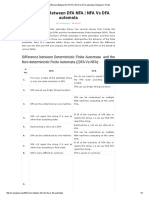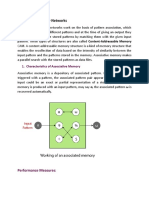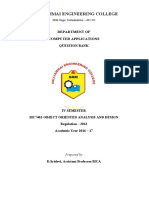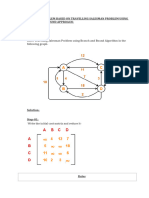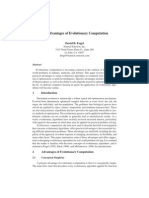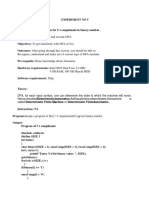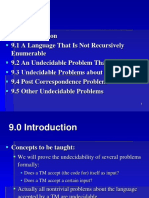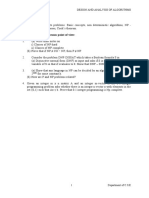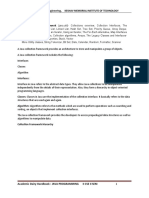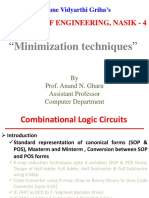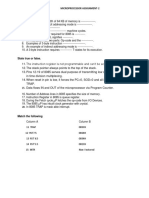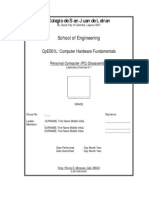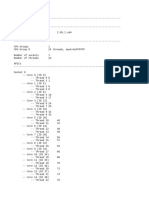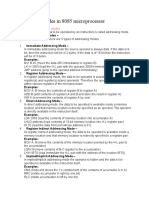0% found this document useful (0 votes)
315 views10 pagesDFA Minimization
The document summarizes the steps to minimize a deterministic finite automaton (DFA). It explains that minimizing a DFA means reducing the number of states. The key steps involve: 1) removing unreachable states, 2) constructing a transition table, 3) splitting it into tables for final and non-final states, 4) finding and merging similar rows that have the same transitions, 5) repeating until no similar rows remain, and 6) combining the tables. An example demonstrates applying the steps to minimize a sample 5-state DFA into a 3-state minimized DFA.
Uploaded by
Mahesh ThosarCopyright
© © All Rights Reserved
We take content rights seriously. If you suspect this is your content, claim it here.
Available Formats
Download as PPTX, PDF, TXT or read online on Scribd
0% found this document useful (0 votes)
315 views10 pagesDFA Minimization
The document summarizes the steps to minimize a deterministic finite automaton (DFA). It explains that minimizing a DFA means reducing the number of states. The key steps involve: 1) removing unreachable states, 2) constructing a transition table, 3) splitting it into tables for final and non-final states, 4) finding and merging similar rows that have the same transitions, 5) repeating until no similar rows remain, and 6) combining the tables. An example demonstrates applying the steps to minimize a sample 5-state DFA into a 3-state minimized DFA.
Uploaded by
Mahesh ThosarCopyright
© © All Rights Reserved
We take content rights seriously. If you suspect this is your content, claim it here.
Available Formats
Download as PPTX, PDF, TXT or read online on Scribd
/ 10
















